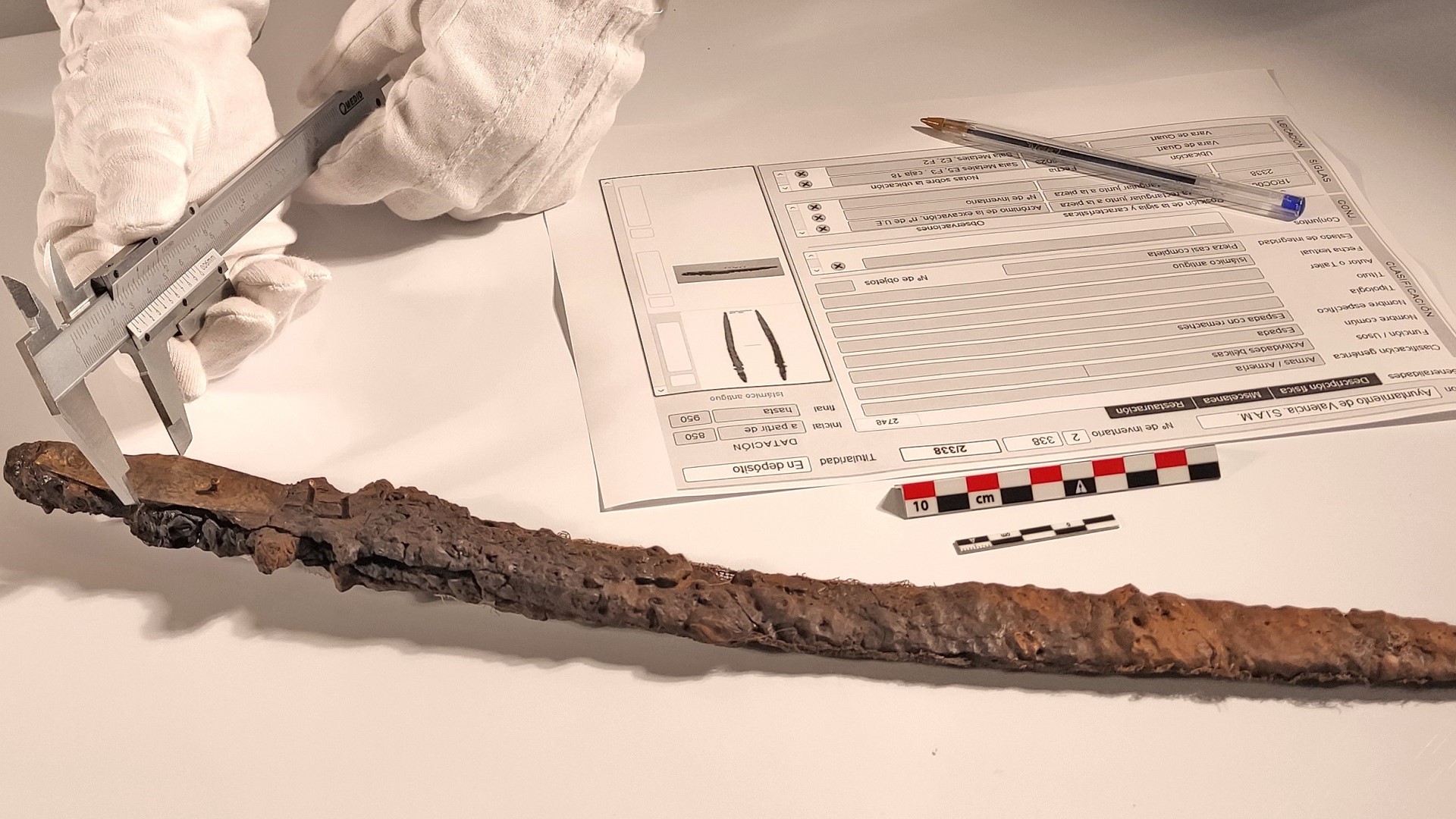Diagnostics, Vol. 14, Pages 803: Long-Term Oncological Outcomes after Nerve-Sparing Robot-Assisted Radical Prostatectomy for High-Risk Localized Prostate Cancer: A Single-Center, Two-Arm Prospective Study
Diagnostics doi: 10.3390/diagnostics14080803
Authors: Lorenzo Spirito Francesco Chessa Anna Hagman Anna Lantz Giuseppe Celentano Rodolfo Sanchez-Salas Roberto La Rocca Mats Olsson Olof Akre Vincenzo Mirone Peter Wiklund
Aims: To compare the oncological outcomes of patients with high-risk localized prostate cancer undergoing nerve-sparing and non-nerve-sparing robot-assisted radical prostatectomy (RARP). Methods: Between November 2002 and December 2018, we prospectively recorded the data of patients undergoing RARP for high-risk localized prostate cancer (PCa) at our tertiary referral center. NSS (nerve-sparing surgery) was carefully offered on the basis of the preoperative clinical characteristics of the patients and an intraoperative assessment. The patients were stratified into two groups: nerve-sparing and non-nerve-sparing groups (yes/no). Radical prostatectomies were performed by 10 surgeons with a robot-assisted technique using a daVinci® surgical system. The primary oncological outcome evaluated was biochemical recurrence (BCR). The secondary oncological outcomes assessed were positive surgical margins (PSMs) and cancer-specific survival (CSS). Results: A total of 779 patients were included in the study: 429 (55.1%) underwent NSS while 350 (44.9%) underwent non-NSS. After a mean (±SD) follow-up of 192 (±14) months, 328 (42.1%) patients developed BCR; no significant difference was found between the NSS and non-NSS groups (156 vs. 172; p = 0.09). Both our univariable and multivariable analyses found that the nerve-sparing approach was not a predictor of BCR (p > 0.05). Kaplan–Mayer survival curves for BCR showed no significant difference among the non-NSS, unilateral NSS, and bilateral NSS groups (log rank test = 0.6). PSMs were reported after RARPs for 254 (32.6%) patients, with no significant difference between the NSS and non-NSS group (143 vs. 111; p = 0.5). In the subgroup of 15 patients who died during the follow-up period, mean (±SD) CSS was 70.5 (±26.1) months, with no significant difference between the NSS and non-NSS groups (mean CSS: 70.3 vs. 70.7 months). Conclusions: NSS does not appear to negatively impact the oncological outcomes of patients with high-risk PCa. Randomized clinical trials are needed to confirm our promising findings.

 2 weeks ago
16
2 weeks ago
16


